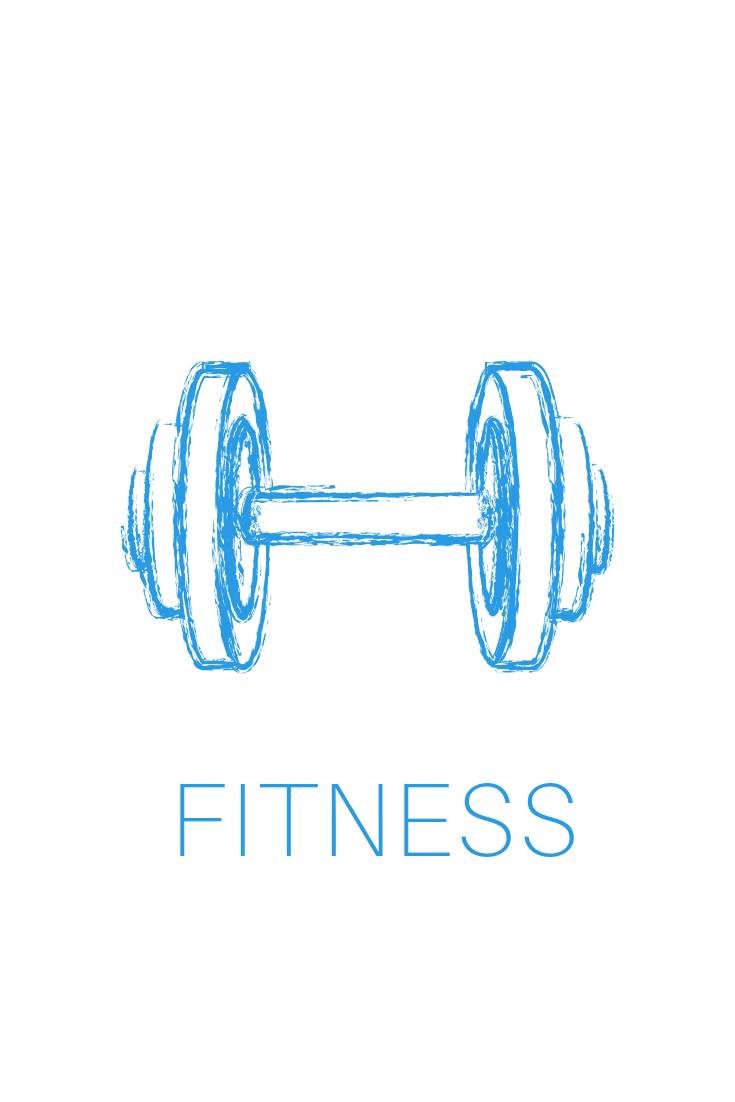There’s Pizza On My Plate
Good nutrition isn’t about what you eat in a day. It’s about what you do day in and day out that matters.
I was recently asked if I could write a blog following the “Day On A Plate” model that you often find in health articles. As I started to write up the nutrition plan of my “perfect day”, I quickly realised that this tiny snapshop wouldn’t be honest, helpful or encouraging. I generally eat well, so I could write up a wonderfully healthy version of my “Day On A Plate” that happens some days. However, this is not what I do every day. There are days when I eat the wrong things, or I eat too much or not enough. There are days when I eat pizza or ice cream (or both!) and that’s OK.
Let me explain why the day on a plate model can be unhelpful:
Sets unrealistic goals
When reading what some of our well known models, actors and health experts eat in the Day On A Plate articles, I wonder where they are finding their extra hours. I’m not sure how I am meant to activate my almonds, sprout my millet, tend to my organic vegetable garden and whip up a homemade eggplant lasagne on a daily basis. One of my favourite “Day On A Plate” articles in the past was when a well known chef included, among many other things, alkalised water, activated almonds, emu meatballs, cultured vegetables and organic spirulina in his daily diet! To counter this craze, some amusing Day On A Plate push backs have appeared with one of my favourites being lamb kebabs for breakfast (at 2am after a night out), followed by Panadol and beer for lunch and salad for dinner (placed carefully within a bun and topped with a mince patty). There is most certainly a middle ground, but hopefully my point has been made.
Variation is king
A few months ago I wrote a blog on the importance of eating a large range of foods with current research suggesting we should try to eat as many as 30 different types of plant foods throughout the week. Focusing on one day doesn’t allow for the many and varied fruits, vegetables, herbs and spices we should include over a weekly or monthly basis.
Everyone’s day is different, and every day is different
One Day On A Plate doesn’t take into account that my day is different to your day, and each of our days may look different to the next. Some of us have time in the morning to put effort into creating a wholesome, hearty breakfast, whereas for others, the mornings are frantic and breakfast needs to be fast and simple (although fast and simple doesn’t have to mean unhealthy). Weekends are different to weekdays and you may enjoy a slow start to the day with a healthy brunch and then skip lunch. Trying to follow a nutrition plan based around one day in someone else’s life is simply not going to work for each of us as individuals. We need to allow space for flexibility in our diet plan.
No one eats this way every day
As I mentioned earlier, reading someone’s perfect Day On A Plate can make us feel inadequate. Much like instagram feeds, My Day On A Plate posts are going to have us believing that everyone else has a perfect diet, except you. Although we know this isn’t the case, it’s still difficult not to wonder why we can’t find the time to sprout our millet or ferment our vegetables. There is nothing wrong with being inspired or gaining ideas from these sorts of posts (I admit to posting examples of my salads and fermented vegetables in the past), simply keep in mind that no one gets it right all the time, and we need to do the best when we can, and roll with it when we can’t.
My Month On A Plate, sometimes….
Now we have that straight, I’m going to share a rough overview of how I eat.
As mentioned in a past blog, I usually fast between 8pm and around 1pm the next day. I’ll have a black coffee sometime in the morning. Lunch could be a big salad with poached eggs, or leftover roast veggies from dinner, or some of Aaron’s homemade sourdough with avo, cottage cheese and tomato. There is then a milk coffee sometime in the afternoon. A handful of nuts will usually appear (and by handful, I mean handfuls). I try to resist nibbling while cooking dinner but there may be some more nuts in there (I really like nuts). Dinner is varied and very much dependant on whether there are kids to pickup and drop off, or evening training sessions, but there are always some veggies (often just roasted in the oven) and protein (we don’t eat red meat at home so mix it up between salmon, turkey and chicken) with some quinoa or cauliflower rice or sweet potatoes. After dinner I usually need something sweet so may have some berries and greek yogurt or some dark chocolate.
THEN…..there are the days when ice cream replaces the fruit and yogurt, or a gift of Lindt chocolate balls are opened and consumed (that may have happened last night). Some nights there is homemade pizza for dinner, or evenings when I couldn’t be bothered cooking and I have oats or Weetbix for dinner. There are weekends where I’m baking food for the kids lunchboxes and I find it essential to taste test every batch. I simply try to aim for balance over the days, weeks and months to keep myself feeling strong and healthy, while also enjoying food for the pleasure it gives.
Simple tips for a healthy diet:
Avoid highly processed foods as much as possible
Eat vegetables and fruit as often as possible
Try to avoid eating past the feeling of fullness
Allow food to be something that about nourishes your body and brings you joy.
“Food for the body is not enough. There must be food for the soul.”
By Angie Black
ANGIE BLACK
BLOG CATERGORIES:







